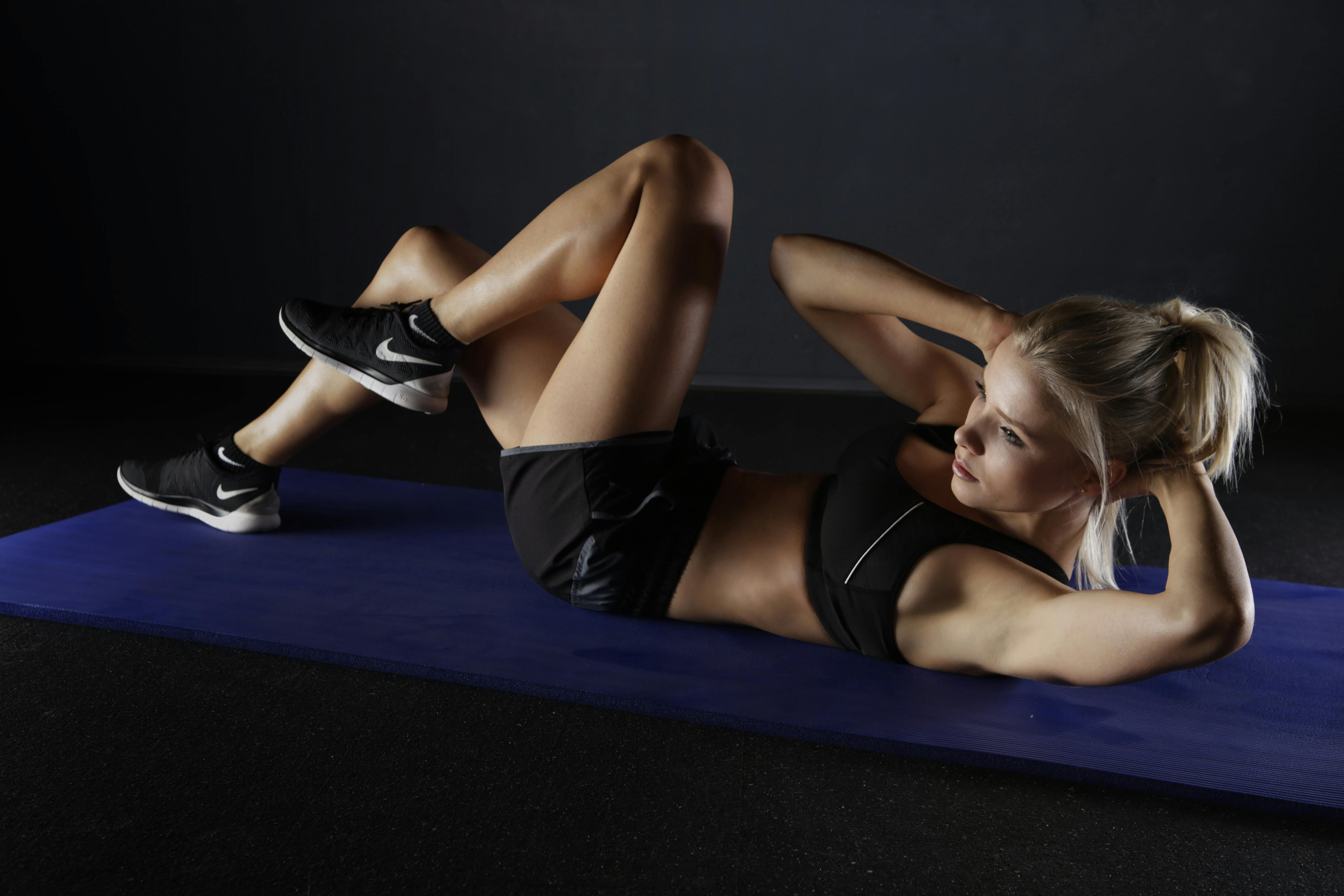Fitness After Surgery: My Safe Core Routine That Helped Me Heal
After surgery, everything changes. The workouts I used to rely on crunches, weights, intense training weren’t just difficult, they were painful, and in some cases, unsafe. As someone who’s still active duty, recovering from a major procedure, and raising a kid on top of it all, I had to completely shift how I approached fitness.
That’s why I built a new fitness after surgery routine one that focuses on healing, stability, and function instead of punishment. It changed everything for me.

1. Know Your Limits, Then Respect Them
Recovering from major surgery (especially abdominal) means throwing out your old gym mindset. You don’t need to crush it you need to rebuild smart. Start by listening to your body, not your ego. The goal isn’t speed. It’s sustainability.
2. My Fitness After Surgery Mindset: Stability Over Crunches
Traditional core workouts like sit-ups? Out. Instead, I’ve leaned into planks, side planks, and wall sits to strengthen my core without stress or strain on my surgical area. This is the heart of my fitness after surgery strategy respect your limits and focus on long-term stability.
3. Low Impact, High Return
Walking, resistance bands, yoga, and bodyweight circuits have become staples. These movements don’t just reduce injury risk they also build real-world strength and balance. You don’t need to go heavy. You need to go smart.
4. Keep a Journal to Track Pain + Progress
I keep a simple log: what I did, how I felt, what flared up. This has helped me avoid setbacks and stay accountable. Healing isn’t linear, and neither is progress—but patterns help you stay in tune with your recovery.
5. Nutrition Supports the Grind
Healing starts in the kitchen. I keep meals simple, protein-rich, and low on processed junk. I plan to add fish in soon, and I drink plenty of water to keep inflammation down. My fitness after surgery plan doesn’t end at the gym it starts before I even move.
Bonus Tip: Let Pain Be a Signal, Not a Challenge
In the past, I treated pain like something to push through. Now, I treat it like information. If something hurts during my fitness after surgery routine, I stop. I adjust. I reflect. Pain is your body’s way of saying “slow down,” not “try harder.” Listening to it isn’t weakness—it’s wisdom.
Additional Tip: Rest Days Are Part of Recovery
Rest days aren’t lazy days. They’re when healing happens. On rest days, I stretch gently, hydrate, and focus on nutrition. I also check in with my mindset and stress levels, because fitness after surgery isn’t just physical. It’s mental, too.
Related Reads:
- Co-Parenting During Cancer Treatment: 5 Tough Lessons I’ve Learned
- External Resource: Verywell Health – Exercise After Surgery
Final Thought:
Fitness after surgery isn’t about bouncing back—it’s about rebuilding with intention. It’s about learning what your body needs now and meeting it with patience and strength. You don’t need to push harder—you just have to push smarter.
